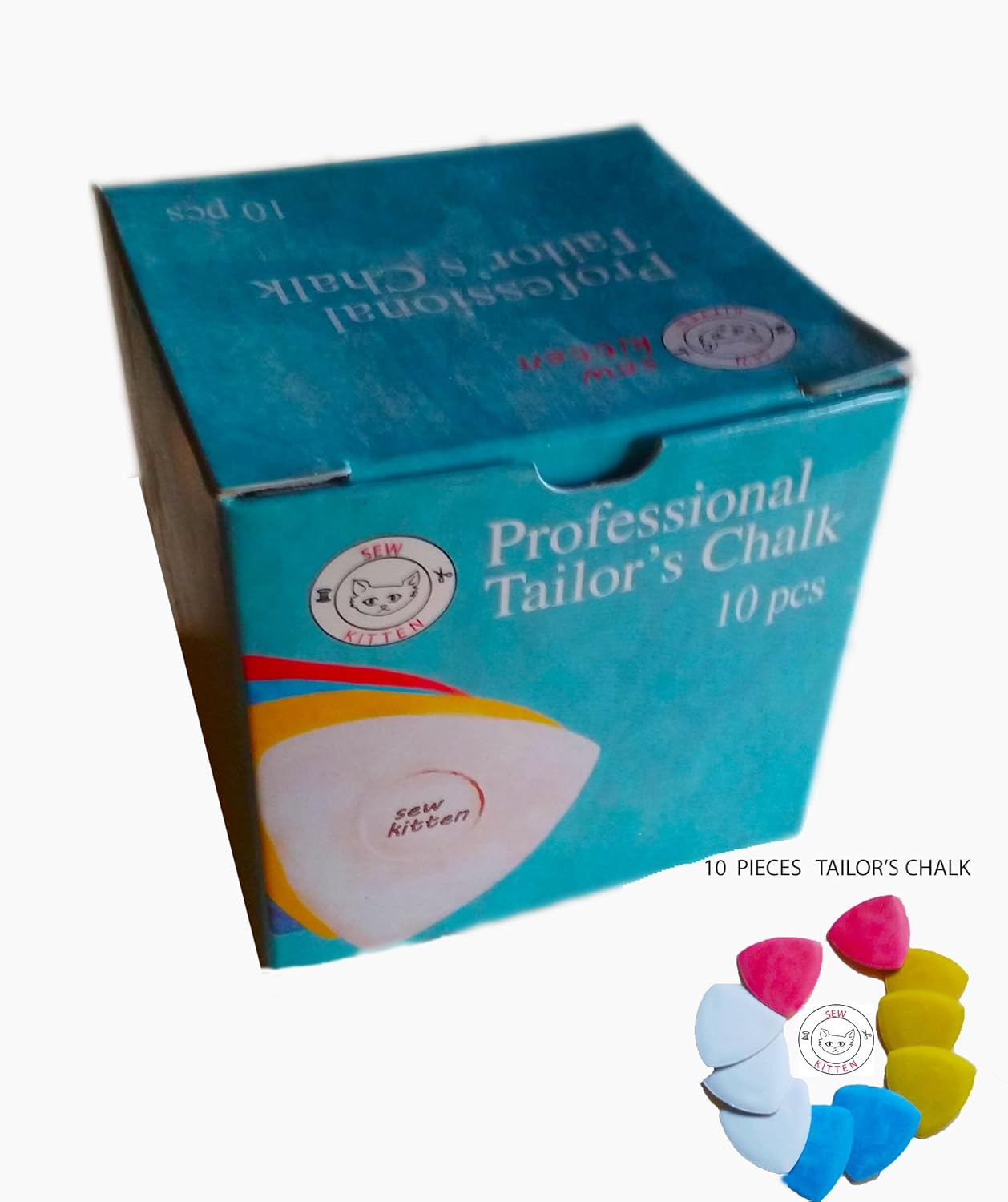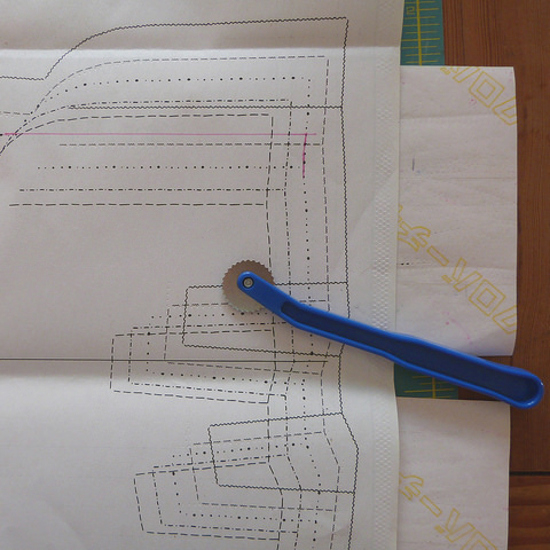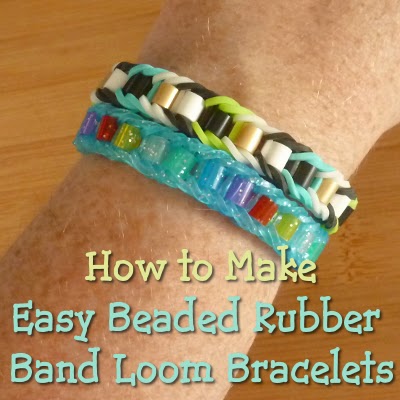All About Fabric Marking Pens for Quilting and Sewing
There are lots of reasons why you may want to make some kind of temporary mark on fabric. You might need to: mark around a sewing pattern before cutting it out, draw on a freehand design to embroider or quilt, indicate or show where certain stitches will go, transfer a motif to the fabric, mark out where a buttonhole or dart will go or put down specific pattern symbols.
There are some really handy fabric marking pens for quilting and sewing as well as some other tools and techniques which you can use. You can learn about the most popular methods here along with all the tools and equipment needed.
Depending on what your actual requirements are, there are many methods to transfer pattern markings to fabric. Knowledge of the different techniques allows you to choose the most suitable way of marking fabric for the sewing task that you need to complete.
Note: This post may contain affiliate links for which I can be compensated.

Water soluble marker pens have been a long time favorite of mine to transfer pattern markings to fabric. The fabric marking pens that I buy have a very nice shade of blue ink which I find very easy to see on most of the fabrics and felts that I happen to use in my crafting.
Because these pens have a fine nib on them, they are very accurate at drawing out a freehand design or tracing around a template or stencil. The pens are easy to use, fairly inexpensive to buy and ideal for many occasions.

Get these Water Erasable Pens from Amazon.com
UK Readers get a Fabric Marking Pen from Amazon.co.uk
The one main downside with water soluble pens is that it can takes time to remove the ink when you no longer need to see it. This is why I normally prefer to use the pens on the back or reverse of a sewing project. However, this is not always possible and especially if you are needing to use it to mark out surface designs for stitching over.
Water soluble and erasable pens are an essential part of my sewing tool kit because they are practical and easy to use.
I love the marker pens mostly due to the accuracy they have with the fine nibs and because they are as easy to use as any standard pen. I have one water soluble pen that comes with an eraser nib at the other end that quickly removes the blue ink as you go over it.
The pens can work really well on many lighter and medium color shades of fabric. They don't always show up very well, however, or even at all on black or very dark shades. The pens are fantastic and certainly work most of the time for my needs but I don't think they are a complete solution for all fabric marking needs.

Tailor's Chalk has been around for many years and I still have an original piece that belonged to my grandmother. Modern variants of this simple looking chalk triangle are pencils and markers which are easier to hold and keep your hands clean.
These chalks are widely used for pattern drafting in sewing and you can get them in different colors such as white, pink, yellow and blue. This means that you can see the marks made on different color fabrics. The white one is especially useful for marking on very dark shades of fabric like black. I love that these work nicely on acrylic felt sheets as well as fabric for quilting.
Clover Chaco chalk liners are pen style holders that come filled with powdered chalk. They come in a cute range of colors such as yellow, blue, pink, silver and white. White should be especially useful for marking on very dark fabric colors such as black.
The chalks are easy to use but, depending on the fabric, sometimes you have to work back and forth with them to make a line that you can see well enough. They are also not as precise for me as using a water soluble pen.
Often the markings are a little off which could throw any important measurements out. The old-fashioned Tailor's variety which comes as a triangle or square can also rub off on your hands and your clothes.
Now you can get chalks as pencils and pens which means that you are able to make more accurate marks and also your hands get to stay clean. Either way, the chalk makes a temporary mark that you need to brush away once you no longer need it.

Image Credit: Shared by kelly on Flickr with a CC License
This method is more commonly used for marking out sewing patterns for clothes directly on to the fabric. The tracing wheel is small and normally comes with a long handle for you to hold. It works a bit like a rotary cutter except that you only want to mark your material with this wheel and not cut through the fabric with it.
The marking technique works by sandwiching your fabric, tracing paper and pattern together in layers. You place your fabric right on the bottom layer, your special tracing paper over this with the colored chalk side facing the fabric and lastly have the pattern that you want to trace right on the top.
You then roll the little wheel firmly over the pattern to transfer the colored chalk, which is on the special tracing paper, on to the fabric underneath. Once the chalk lines have been transferred, your fabric is then ready for cutting.
There are different options with buying tracing wheels. You can get smooth wheels but I find that the serrated blades work better for me at transferring the markings out from the dressmaker's tracing paper.
The tracing wheel is a proven method that has been in use for many years although it is a technique that really feels a little awkward to use at first. It is a technique that is mostly used in dressmaking where it is particularly useful for marking out clothing patterns. A downside is that you still end up with colored chalk lines that you need to remove later on.

Image Credit: photo belongs to the author.
Of course, sometimes you can get away with not needing to place any marks on your fabric at all. Now I have rotary cutters and a self-healing cutting mat, it is very easy to cut straight around special quilting rulers and templates. Place the fabric on the mat, lay a template on top and run the rotary cutter carefully down the side of the template to cut the fabric to shape.
You can quickly and easily cut out pieces that you need and have no markings to erase afterwards which is a winning scenario in my opinion. This technique works very well with quilting and there are many quilting templates such as squares, triangles and hexagons that you can get hold of.
You can also do something very similar by pinning thin paper pattern pieces directly on the fabric and then you simply cut through the pattern and fabric in one go. You can use scissors with this method or a rotary cutter. It is a great method because it is quick, easy and leaves no mess on the fabric to clear up after.
As well as the methods that I have already outlined, you can also use an old-fashioned procedure called Tailor's Tacks. This is marking the fabric with a contrasting color of thread and then removing the thread when it is no longer needed. You can do the same thing using pins which are very easy to remove.
There are lots of ways that you can mark fabric for cutting, sewing, embroidery or quilting so it pays to take time to consider which methods may suit your style of working best of all.
Related Content You Should Also Love:
Page Last Updated:
There are some really handy fabric marking pens for quilting and sewing as well as some other tools and techniques which you can use. You can learn about the most popular methods here along with all the tools and equipment needed.
Depending on what your actual requirements are, there are many methods to transfer pattern markings to fabric. Knowledge of the different techniques allows you to choose the most suitable way of marking fabric for the sewing task that you need to complete.
Note: This post may contain affiliate links for which I can be compensated.
All About Fabric Marking Pens for Quilting and Sewing With: Everything You Need to Know

Water Soluble Fabric Marking Pens for Quilting and Sewing
Water soluble marker pens have been a long time favorite of mine to transfer pattern markings to fabric. The fabric marking pens that I buy have a very nice shade of blue ink which I find very easy to see on most of the fabrics and felts that I happen to use in my crafting.
Because these pens have a fine nib on them, they are very accurate at drawing out a freehand design or tracing around a template or stencil. The pens are easy to use, fairly inexpensive to buy and ideal for many occasions.

Get these Water Erasable Pens from Amazon.com
UK Readers get a Fabric Marking Pen from Amazon.co.uk
The one main downside with water soluble pens is that it can takes time to remove the ink when you no longer need to see it. This is why I normally prefer to use the pens on the back or reverse of a sewing project. However, this is not always possible and especially if you are needing to use it to mark out surface designs for stitching over.
Water soluble and erasable pens are an essential part of my sewing tool kit because they are practical and easy to use.
I love the marker pens mostly due to the accuracy they have with the fine nibs and because they are as easy to use as any standard pen. I have one water soluble pen that comes with an eraser nib at the other end that quickly removes the blue ink as you go over it.
Wrights 8823005 Water Soluble Marking Pen, Blue Dritz Dual Purpose Marking Pen, Blue
Dritz Dual Purpose Marking Pen, Blue Dritz Disappearing Ink Marking Pen, Pink
Dritz Disappearing Ink Marking Pen, Pink
 Dritz Dual Purpose Marking Pen, Blue
Dritz Dual Purpose Marking Pen, Blue Dritz Disappearing Ink Marking Pen, Pink
Dritz Disappearing Ink Marking Pen, Pink
&
The pens can work really well on many lighter and medium color shades of fabric. They don't always show up very well, however, or even at all on black or very dark shades. The pens are fantastic and certainly work most of the time for my needs but I don't think they are a complete solution for all fabric marking needs.
Tailor's Chalk, Chalk Pencils and Pens

Tailor's Chalk has been around for many years and I still have an original piece that belonged to my grandmother. Modern variants of this simple looking chalk triangle are pencils and markers which are easier to hold and keep your hands clean.
These chalks are widely used for pattern drafting in sewing and you can get them in different colors such as white, pink, yellow and blue. This means that you can see the marks made on different color fabrics. The white one is especially useful for marking on very dark shades of fabric like black. I love that these work nicely on acrylic felt sheets as well as fabric for quilting.
Clover Chaco chalk liners are pen style holders that come filled with powdered chalk. They come in a cute range of colors such as yellow, blue, pink, silver and white. White should be especially useful for marking on very dark fabric colors such as black.
Clover Pen Style Chaco Chalk Liner White Triangle Tailor's Chalk 10 Piece Assorted Colors
Triangle Tailor's Chalk 10 Piece Assorted Colors Bohin Extra-Fine Chalk Pencil for Fabric Marking
Bohin Extra-Fine Chalk Pencil for Fabric Marking
 Triangle Tailor's Chalk 10 Piece Assorted Colors
Triangle Tailor's Chalk 10 Piece Assorted Colors Bohin Extra-Fine Chalk Pencil for Fabric Marking
Bohin Extra-Fine Chalk Pencil for Fabric Marking
&
The chalks are easy to use but, depending on the fabric, sometimes you have to work back and forth with them to make a line that you can see well enough. They are also not as precise for me as using a water soluble pen.
Often the markings are a little off which could throw any important measurements out. The old-fashioned Tailor's variety which comes as a triangle or square can also rub off on your hands and your clothes.
Now you can get chalks as pencils and pens which means that you are able to make more accurate marks and also your hands get to stay clean. Either way, the chalk makes a temporary mark that you need to brush away once you no longer need it.
Using a Tracing Wheel and Dressmaker's Tracing Paper

Image Credit: Shared by kelly on Flickr with a CC License
This method is more commonly used for marking out sewing patterns for clothes directly on to the fabric. The tracing wheel is small and normally comes with a long handle for you to hold. It works a bit like a rotary cutter except that you only want to mark your material with this wheel and not cut through the fabric with it.
The marking technique works by sandwiching your fabric, tracing paper and pattern together in layers. You place your fabric right on the bottom layer, your special tracing paper over this with the colored chalk side facing the fabric and lastly have the pattern that you want to trace right on the top.
You then roll the little wheel firmly over the pattern to transfer the colored chalk, which is on the special tracing paper, on to the fabric underneath. Once the chalk lines have been transferred, your fabric is then ready for cutting.
There are different options with buying tracing wheels. You can get smooth wheels but I find that the serrated blades work better for me at transferring the markings out from the dressmaker's tracing paper.
The tracing wheel is a proven method that has been in use for many years although it is a technique that really feels a little awkward to use at first. It is a technique that is mostly used in dressmaking where it is particularly useful for marking out clothing patterns. A downside is that you still end up with colored chalk lines that you need to remove later on.
Templates to Cut Around

Image Credit: photo belongs to the author.
Of course, sometimes you can get away with not needing to place any marks on your fabric at all. Now I have rotary cutters and a self-healing cutting mat, it is very easy to cut straight around special quilting rulers and templates. Place the fabric on the mat, lay a template on top and run the rotary cutter carefully down the side of the template to cut the fabric to shape.
You can quickly and easily cut out pieces that you need and have no markings to erase afterwards which is a winning scenario in my opinion. This technique works very well with quilting and there are many quilting templates such as squares, triangles and hexagons that you can get hold of.
&
You can also do something very similar by pinning thin paper pattern pieces directly on the fabric and then you simply cut through the pattern and fabric in one go. You can use scissors with this method or a rotary cutter. It is a great method because it is quick, easy and leaves no mess on the fabric to clear up after.
Find Different Methods to Mark Fabric for Sewing that Work for You
As well as the methods that I have already outlined, you can also use an old-fashioned procedure called Tailor's Tacks. This is marking the fabric with a contrasting color of thread and then removing the thread when it is no longer needed. You can do the same thing using pins which are very easy to remove.
There are lots of ways that you can mark fabric for cutting, sewing, embroidery or quilting so it pays to take time to consider which methods may suit your style of working best of all.
Related Content You Should Also Love:
Hand Sewing Tools and Their Uses
What Fabric Markers are Best for Felt Sewing
How to Transfer a Pattern onto Felt
Essential Sewing Supplies for Beginners
More Fabric Crafts to Enjoy
What Fabric Markers are Best for Felt Sewing
How to Transfer a Pattern onto Felt
Essential Sewing Supplies for Beginners
More Fabric Crafts to Enjoy
Page Last Updated:









Comments
Post a Comment
CraftyMarie is a craft themed website by Marie Williams Johnstone. I love to craft in the winter and garden in the summer. I make handmade cards, papercrafts, crochet and seasonal crafts. I enjoy many of the more traditional crafts and hobbies including sewing, embroidery and working with felt and fabric. Thanks for leaving me a comment. Comments do not show up until I approve them. Marie